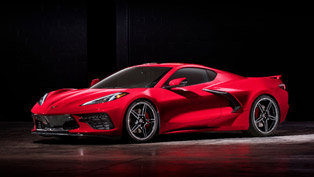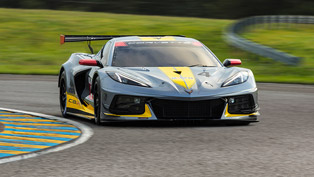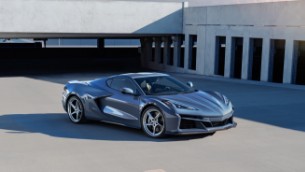World Premiere: 2014 Chevrolet Corvette C7.R Racecar
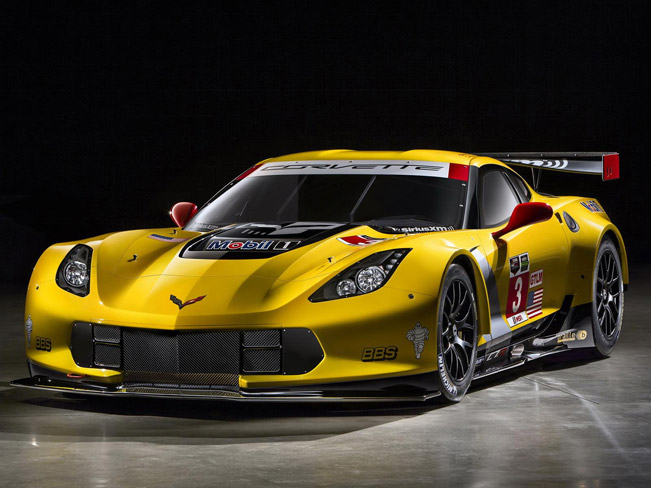 At the North American Auto Show Chevrolet made two exclusive premieres. The first on is of the breath taking Corvette Z06, whereas the second – of the 2014 Chevrolet Corvette C7.R Racecar. Both cars were co-developed and represent the closest link between Corvettes built for the road and for racing. They share the masterful engineering of brand's specialists and are equipped with new technologically advanced components in terms of chassis architecture, engine and aerodynamics.
At the North American Auto Show Chevrolet made two exclusive premieres. The first on is of the breath taking Corvette Z06, whereas the second – of the 2014 Chevrolet Corvette C7.R Racecar. Both cars were co-developed and represent the closest link between Corvettes built for the road and for racing. They share the masterful engineering of brand's specialists and are equipped with new technologically advanced components in terms of chassis architecture, engine and aerodynamics.
For the racing season this year, Corvette Racing will enter two C7.Rs which will compete at the 52nd Rolex 24 At Daytona in ten days as well as the GT Le Mans class in 11 races around North America. It is also expected to be confirmed the participation of the team at the 24 Hours of Le Mans in June.
In 2013 Corvette Racing won five races and this success was due to the technology transfer between Corvette production cars and race cars. Many of the architectural and aerodynamic features of the C7R are based on equivalent components and technologies found in the 2015 Chevrolet Corvette Z06.
For instance, the first one is the brand new aluminum frame, which was built with the extensive utilization of advanced manufacturing materials such as laser welding, Flow-drill-machined fasteners and a GM-patented aluminum spot-welding process. The goal was to make a production structure for the cars which is much stronger than previous ones.
The second feature that both cars share in common is the direct fuel injected engine. It is created in such way that it delivers greater efficiency and can make a significant difference in long-distance endurance racing such as Daytona and Le Mans through fewer time-consuming pit stops.
In the aspect of aerodynamics, Corvette C7.R features forward-tilted radiator, functional hood and front-quarter panel vents, and rear transmission and differential cooling intakes. Z06 and C7.R share strategies for improved cooling and aerodynamic downforce, including similar front splitters, rocker panels, and front- and rear-brake cooling ducts.
Of course, there are differences between both cars and they are mainly defined by the limitations of GT rules. First of all, C7.R has the same powertrain as the C6.R that has a displacement of 5.5L, and has no forced induction. In comparison, Z06 is equipped with supercharged 6.2L unit which develops 625 horsepower (460 kW). Despite these differences, both engines are based on the historic small block architecture.
The racecar is also built with modified suspension because of the wider racing tires and larger brakes, according to the GT regulations. The ducts on the C7.R can be seen on each of the rear quarter panels, above the brake ducts, which will draw air to help cool the race car's transaxle and differential.
In addition, the rear wing has been made more more-significant part of vehicle's aero package. A larger radiator inlet generates smoother airflow over the rear wing and makes its use more efficient to the handling and stability of the C7.R at higher speed.
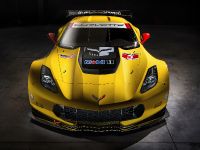
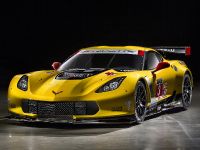
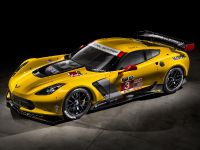
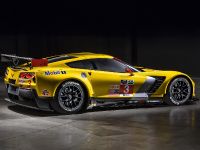
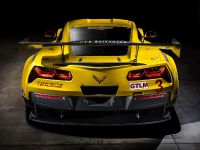
![BBM Motorsport Tunes Chevy Corvette C7 to 700HP and 1233 Nm [w/videos]](http://www.automobilesreview.com/uploads/2016/04/2016-BBM-Motorsport-Chevrolet-Corvette-C7-Z06-FF.jpg)
